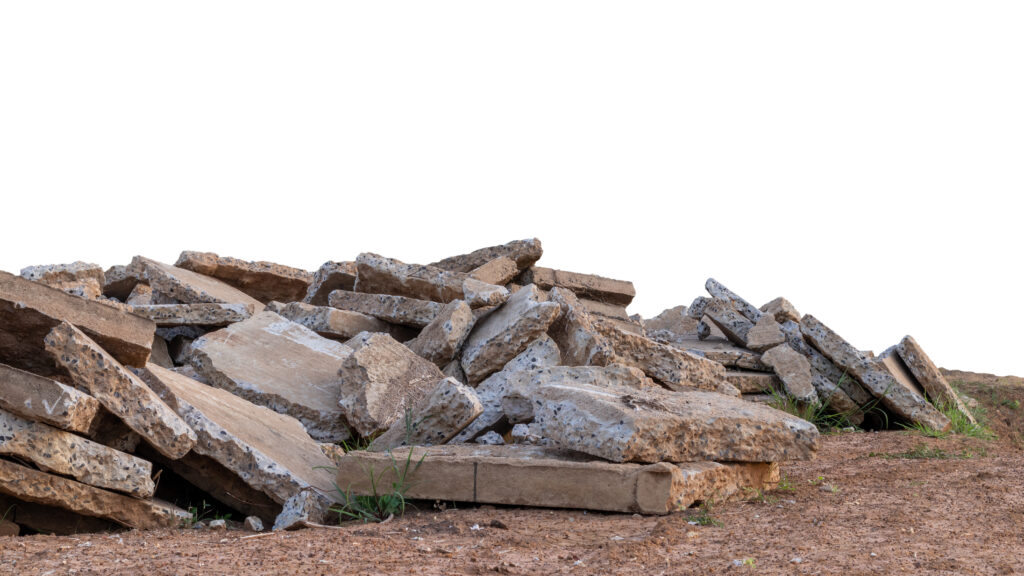
Construction, the backbone of modern development, often carries an environmental cost in the form of waste generation. However, a transformative movement is reshaping the industry’s landscape—Construction and Demolition (C&D) recycling. In this chapter of sustainable practices, we explore how C&D recycling not only reduces waste but also lays the foundation for a sustainable future.
Transformative Projects: Leading the Way in C&D Recycling
Construction projects that embrace C&D recycling are pioneers in the pursuit of sustainability. These projects stand as beacons of change, showcasing how construction activities can be conducted with a reduced environmental footprint. By implementing efficient recycling systems, these ventures divert substantial volumes of waste from landfills, making a positive impact that resonates far beyond the construction site.
Minimizing the Environmental Footprint
C&D recycling isn’t just a choice; it’s a necessity in a world where resource depletion and waste overflow are critical concerns. By opting for C&D recycling, construction activities minimize their environmental footprint. Instead of contributing to overflowing landfills, recycled materials are reintegrated into new projects, reducing the demand for virgin resources and alleviating the pressure on our ecosystems.
Circular Economy: A Paradigm of Sustainability
At the heart of C&D recycling lies the concept of the circular economy—a model that envisions resources cycling through a system of use, renewal, and repurposing. By integrating recycled materials back into the construction process, the circular economy reduces resource depletion and waste accumulation. C&D recycling embodies this principle, turning construction waste into valuable resources for future projects.
Optimizing C&D Recycling: Tips for Sustainable Construction
For contractors and builders aspiring to make a difference, optimizing C&D recycling is key. Efficient waste sorting is the foundation of successful recycling. Properly segregating materials like concrete, metal, wood, and plastics streamlines the recycling process. Collaborating with recycling facilities and understanding their capabilities further enhances waste diversion efforts.
Quantifying Impact: The Financial and Environmental Benefits
The impact of C&D recycling extends beyond environmental stewardship—it’s a smart financial decision too. By recycling materials, construction projects can significantly reduce waste disposal costs. Moreover, the integration of recycled materials can lead to financial savings compared to sourcing new resources. Real-world case studies demonstrate how construction companies have achieved substantial waste reduction, translating into both ecological and financial gains.
Conclusion: Building a Blueprint for a Sustainable Tomorrow
C&D recycling isn’t just an innovative practice; it’s a blueprint for constructing a sustainable future. Through waste reduction, resource conservation, and financial efficiency, C&D recycling showcases the harmony between economic growth and ecological responsibility. By embracing these principles, construction professionals hold the power to shape a world where progress and preservation coexist seamlessly. In this realm, construction projects aren’t just structures—they’re symbols of a better, greener future.